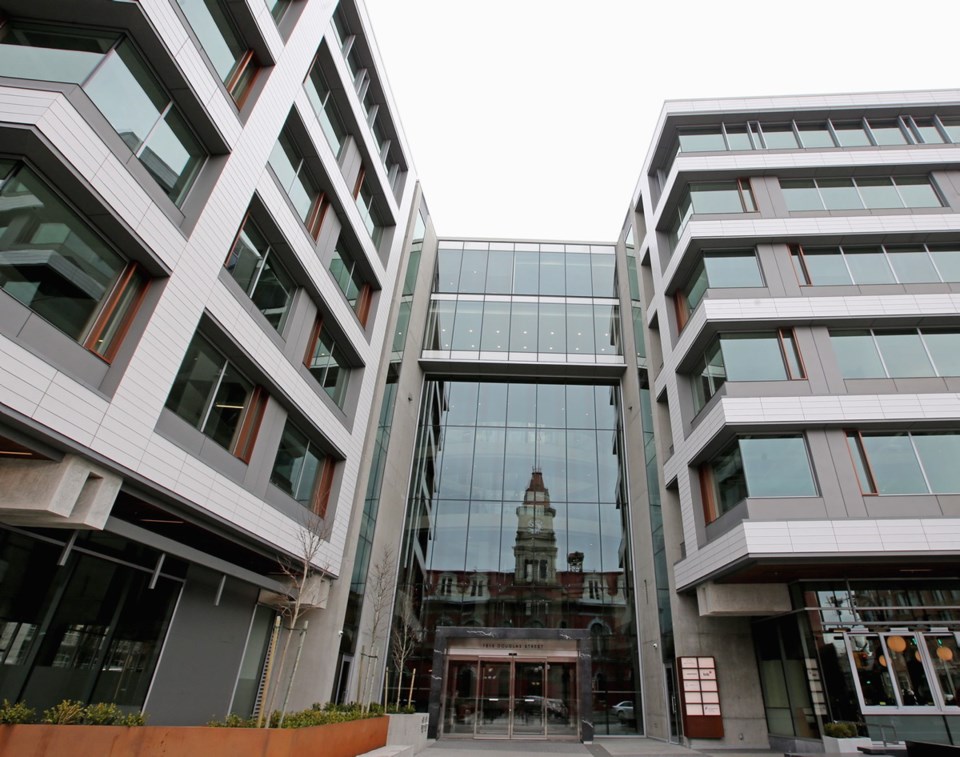Value for money and a strong return on investment will continue to drive activity in Greater Victoria’s commercial real estate market, according to a new report from CBRE Group.
The commercial real estate firm said there is still strong demand for good office space from the provincial government and the private sector, while investors and developers see the region as a relatively good bargain.
“We still see a tremendous appetite for investment product in Greater Victoria and I think the same can be said for development properties,” said Ross Marshall, vice-president with CBRE Victoria. “Investors and developers see value in Victoria [because] it didn’t get over-inflated like Vancouver.”
Marshall said that’s what he’s been hearing from both groups, who, in some cases, have been looking at moving money from other markets into the capital region to add to their property portfolios.
He said they see Victoria as a safe and secure market.
“And our yields are higher than Vancouver, and everyone is chasing yield, so we are a pretty attractive place,” Marshall said, noting strong demand from tenants has driven up rental rates across property classes.
According to Colliers International, downtown Victoria office vacancy was at 6.4 per cent overall in the fourth quarter of 2018, down from 7.2 per cent in the fourth quarter of 2017. That drop came despite the addition of 280,000 square feet of new office space to the mix.
Marshall said there was a flight to quality, with professional firms and government moving to class A space, freeing up class B and C space in the region, with some of that taken up by the growing high-tech sector.
Marshall said given the region’s strong fundamentals — low unemployment and a strong, diverse economy — there’s no reason to expect developers and investors to back away from the region anytime soon.
Marshall said he has fielded inquiries from the Lower Mainland, across Canada and the U.S. expressing interest in some of the larger properties available in the region. “They have a lot of confidence in the fundamentals evident in Greater Victoria,” said Marshall, who sees demand outstripping supply for the next couple of years. “The reality is a lot of these groups are looking for vehicles to invest in and the West Coast and, in particular, Vancouver Island, [is] shining.”
One of his biggest challenges has been to find large enough properties to suit some of the larger investor groups.
But even in rosy conditions, the cost of construction, increased development fees, approval delays and other factors could affect the appetite for development in the downtown core.
Marshall said in some cases, it has spurred developers to explore other municipalities that might be more keen on development.
The report also noted that Victoria’s industrial market is experiencing historically low availability, while land constraints have led to upward pressure and record-high lease rates.



